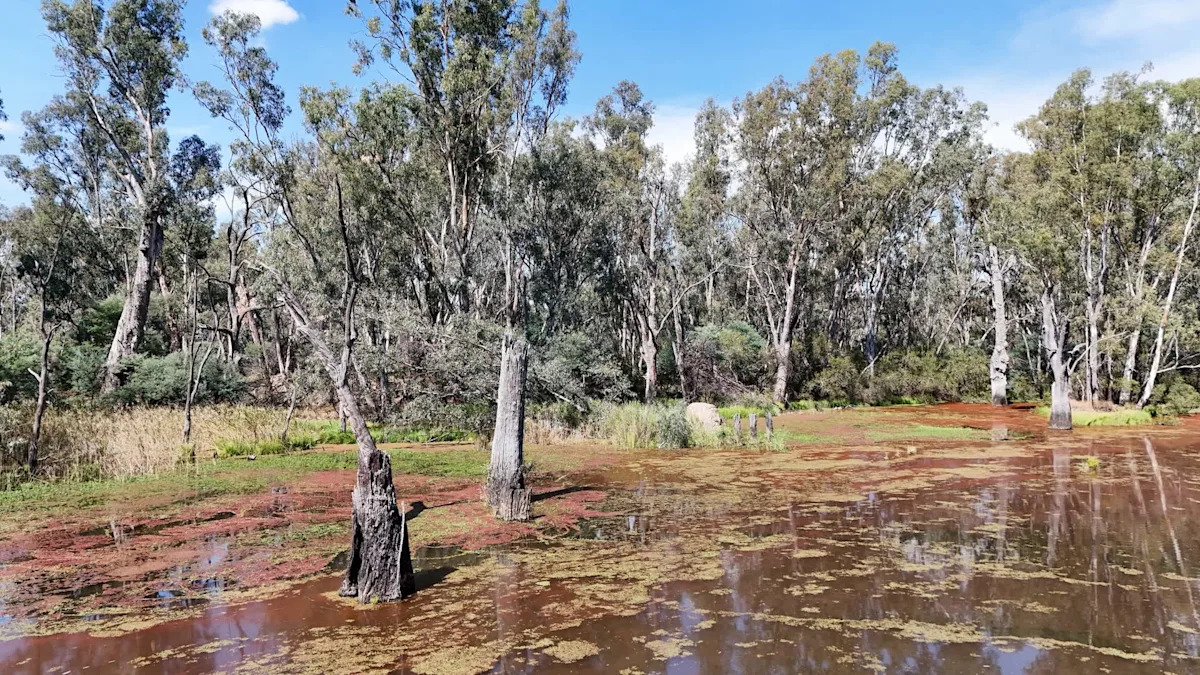Researchers at the University of Adelaide have mapped the spread of the invasive European red fox throughout the Australian continent.
What’s happening?
A study, published in the journal Diversity and Distributions, uncovered the rapid distribution pattern of red foxes throughout Australia. The experts said it took only 60 years for the invasive species to colonize the continent.
The species has already driven at least 16 mammal species to extinction, according to the Invasive Species Council.
According to the Conversation, these foxes were first brought to Australia and intentionally released by European colonialists in 1870 for the sport of fox hunting.
With few natural predators, these invasive foxes thrive as an invasive predator, easily hunting down smaller prey and traveling as far as 300 kilometers, or 186 miles, to search for new territory.
Its success on the Australian continent allowed the fox species to spread and colonize the country in only 60 years, which the researchers have tried to meticulously map.
The researchers created tens of thousands of explicit population models using “historical records, demographic estimates, and spatiotemporal patterns of climate and environmental change,” the study report described.
They compared these maps to newspaper mentions of these foxes’ arrivals throughout the country, as well as empirical estimates of population sizes, which helped paint a clearer picture of the fox’s rapid dispersion over the years.
Why are invasive red foxes concerning?
The red fox is native to North America, Europe, North Africa, and Asia, where larger red fox predators like wolves, coyotes, mountain lions, and bears also exist. These predators help keep the fox population in check, which maintains ecological balance in these natural habitats.
In Australia, however, it has few, if any, natural predators, which has allowed the species to grow unchecked, wreaking havoc on the local food chain.
According to the Invasive Species Council, foxes in Australia kill about 300 million native animals annually, which includes threatened species like the great desert skink, the Fitzroy River turtle, the mallefowl, and the little penguin.
On top of hunting threatened native species, the red fox may also prey on domestic livestock that humans depend on for food. According to Agriculture Victoria, foxes cost the country approximately $198 million in lost production between 2020 and 2021.
Invasive species have serious consequences on the environment, human health, and natural resources.
In Utah, the balsam woolly adelgid is damaging and killing Utah’s prized fir trees, which many outdoor enthusiasts cherish while hiking or camping.
In the Republic of the Marshall Islands, an invasive rat threatened the population of colonies of seabirds, terrorizing their eggs and territory.
A nonprofit successfully reduced the number of invasive rats on the island, which has allowed native tree seedlings and local wildlife a chance to recuperate.
What’s being done about invasive red foxes?
Red foxes have been declared as pest animals under the Catchment and Land Protection Act of 1994, according to Agriculture Victoria.
The organization has free resources educating landowners and homeowners on how to bait, shoot, fumigate, or physically remove foxes from a landscape. It also encourages neighbors to work together to maximize the effectiveness of local fox control.
Some Australian states, like Victoria, have incentivized fox removal, placing bounties on red foxes, which brings the species’ history in the country full circle.
Join our free newsletter for good news and useful tips, and don’t miss this cool list of easy ways to help yourself while helping the planet.
